For teachers and students, remote learning during COVID-19 poses challenges, stokes creativity
"This was not a situation that any of us wanted," one teacher said.
The coronavirus pandemic has forced teachers, students and parents into an education experiment -- one in which they must navigate fluctuating schedules, new methods of keeping students engaged and confronting challenges of the technological haves versus have-nots.
More than 100,000 schools throughout the United States were forced to close in March due to the spreading virus, leaving 55 million students without their traditional classrooms and teachers scrambling to find the best ways to teach and interact with their students from afar.
For elementary school teachers, personal interaction is key for students to learn effectively and feel comfortable in the classroom.
"You miss being in the classroom being able to look at all of them, being able to walk over to them, being able to say, 'Hey, are you OK?' or being able to give them a pat on the back," Kristen Robinson, a fourth grade math teacher at Darnaby Elementary School in Tulsa, Oklahoma, told "Nightline."
Teachers have turned their homes into classrooms, using materials like chart paper and whiteboards to communicate their lessons over the internet. Many schools have also supported staff by providing computer programs.
"We can't throw away one-fourth of our school year," said Mike Moody, co-principal at Cloverleaf Elementary School in Seville, Ohio, in a video diary recorded for "Nightline." "So, our teachers are doing remote instruction using a whole host of different softwares and online applications."
For parents and students, the transition to teaching through digital devices has exacerbated the divide between the students who have and don't have ready access to a device or the Wi-Fi needed to connect them to their teachers.
Beth Grounds, a second grade math and science at Marshall T. Moore Elementary School in Broken Arrow, Oklahoma, has taken the challenges of remote learning in stride, helping her students who don't have access to internet or devices and trying to maintain a sense of structure through events like "crazy hat day."
"I had several families that did not have access to print capabilities, and a few families that did not have devices or internet access at home," Grounds said.
In 2019, more than 25% of U.S. homes lacked internet access, according to the Pew Research Center. In an April survey from Pew, over six times as many lower-income parents said their kids would have to use public Wi-Fi to complete their schoolwork because there wasn't a reliable internet connection at home during the pandemic.
"On the kids' end, they're all using different providers, they are using different devices and it really is hard to navigate technical problems," said Sara Hansen, a fifth-grade teacher at Cloverleaf Elementary.
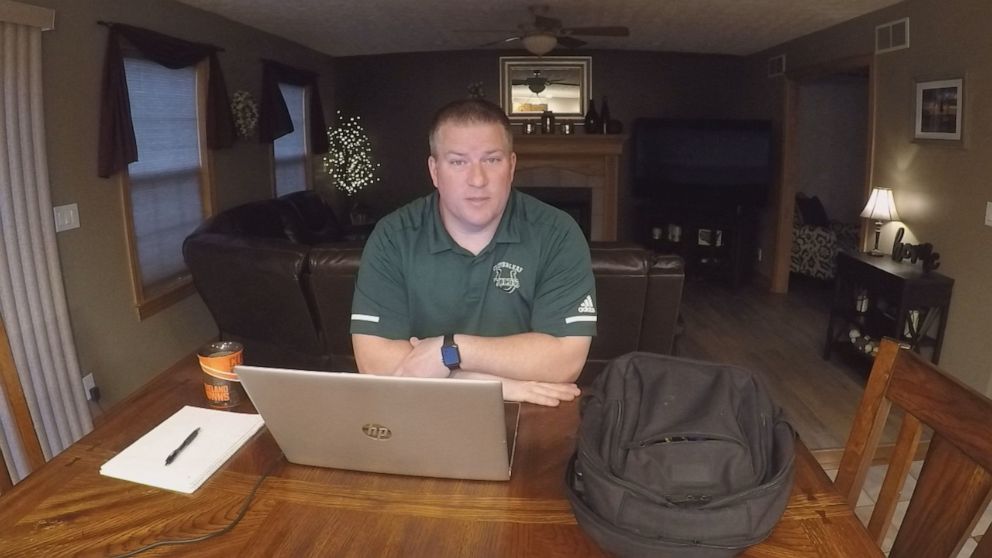
That's the challenge for one family of five from Seville, Ohio, since the beginning of remote learning. Bob and Erin, who asked to be identified only by their first names, have three kids who attend Cloverleaf.
When the pandemic hit their state in March, the family said the school gave them a Google Chromebook to use between the three students. Erin, who has been working to facilitate the kids' curriculums as Bob works as a general contractor, said it's too expensive to get internet access in their rural home. The library, where they normally go if they need to use the internet, has been closed.
This report is part of "Pandemic – A Nation Divided," ABC News' special coverage of the heightened racial/ethnic and socioeconomic disparities amid the COVID-19 pandemic. Tune into "Nightline" for a three-day series starting tonight, 12 a.m. ET on ABC.
Erin also said the only device they have with Wi-Fi capabilities is her smartphone. However, using her phone for internet access wasn't reliable, so they have had to resort to paper and pencil.
"I can't tell you how many times my oldest daughter would do an assignment to go to turn it in and then mid-assignment, [the phone] would turn off or say incomplete send," Erin said in a video diary recorded for "Nightline." "You know, she'd have to redo the whole assignment."
Moody said there are 40 to 50 other families who use the "paper-pencil" system he developed at their school to help those who don't have internet access. Twice a week, families with kids in all grade levels at Cloverleaf visit the school's gym to pick up new assignments and drop off completed ones, Moody said.
Still, Erin says the "paper-pencil" system is not perfect.
"I know everyone's trying their best, and this is all new, but there's just been a lot of letdown as far as some teachers not checking in daily," she said.
Sue Dynarski, a professor of economics, education and public policy at the University of Michigan, says the digital divide has existed for a long time and that the pandemic has only brought it into "sharp focus," revealing "enormous inequalities."
"The technological challenges are large and they are very much connected to a family's financial resources," she told "Nightline. "We are essentially, right now, expecting every parent in the U.S. to be homeschooling their children. Whether those parents work several jobs, work minimum wage, haven't graduated high school, the challenge is not just in the technology, but also in the social resources that each family can bring to help with schooling."
Dynarski also said that online schooling "is not a substitute for a trained teacher in a classroom" and that "most people don't learn as well online as they do in a face-to-face classroom."
For some teachers, the digital divide is only part of the story. At Dual Language Academy in Tulsa, Oklahoma, there is a language divide as well. The school's curriculum, based on the Gomez and Gomez Dual Language Enrichment Model, is designed to teach different classes in either Spanish or English in order to foster fluency in both languages for kids who are dominant in one more than the other.
Kindergarten teacher Melissa Meza, who teaches her class in Spanish, says that in addition to the Zoom video calls she does with her entire class, she also spends up to 20 minutes in one-on-one video calls with each student. For her class of 25 students, Meza now teaches the daily lessons 25 times.
"I felt that in a live lesson, I wasn't going to be able to help each student individually the way I'm helping them right now," Meza said in a video diary recorded for "Nightline."
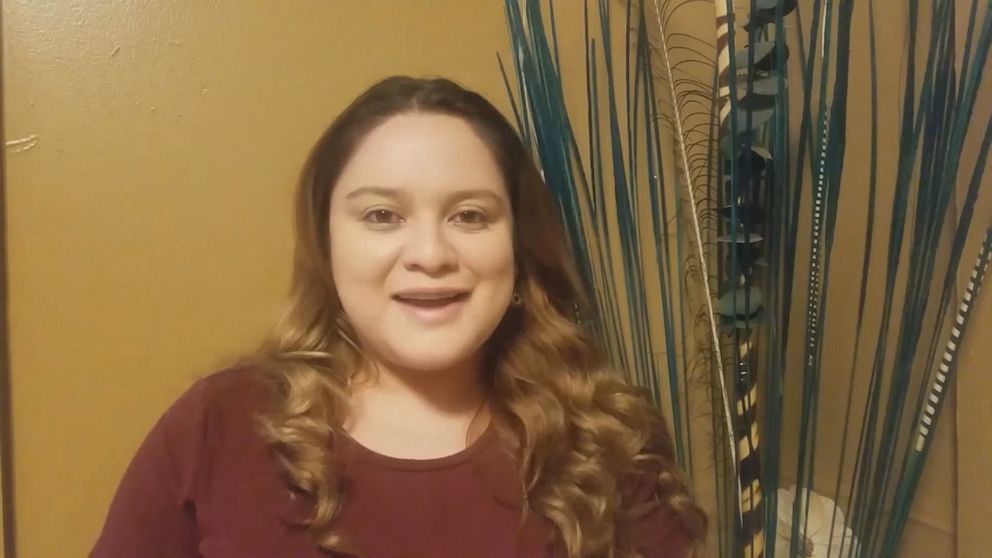
Parents Michelle and Patrick Sanchez say remote learning has been working for their son, first grader Patrick Sanchez Jr., but that it's only because they've both been able to pitch in. She works the night shift as a police officer in Tulsa while he works during the day, and they both help their son with his assignments.
"With the Spanish, since I'm bilingual, I'm actually able to help Patrick more with that part. We're not having to struggle ... understanding why we have to teach it, and making sure he actually understands it," Michelle Sanchez told "Nightline."
"If it was up to me, [I think it] probably wouldn't work as well," Patrick Sanchez added. "But we're very fortunate that ... She is bilingual."
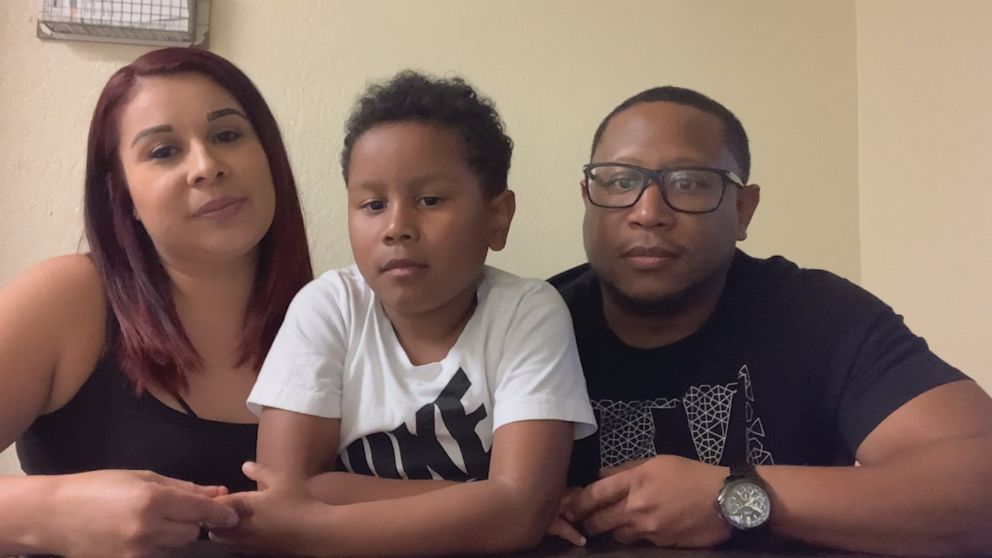
Dynarski said if a child has a parent at home who can coach them through lessons and help them with assignments, as a teacher would, "then the kid is probably going to do OK."
"The real divide I worry about is not one in broadband and laptop access, it's access to an adult who can help you with your schooling throughout the day," she continued.
Meanwhile, some teachers are struggling to educate their own kids. Darnaby Elementary School's Kristen Robinson is not only a fourth grade math teacher but a mom of two as well, of Reese, 9, and Elle, 4.
"For me, personally, that was the hardest part ... just finding that balance of working from home as a teacher, making sure that I was taking care of my students. But also knowing that my own daughter had become my student as well," Robinson said.
"It's just different when you've got a group of kids depending on you," she added. "You know, it doesn't matter the age. … Those kids are counting on you to show up and be there for them."
Robinson said that despite the challenges remote learning has posed, some students have gotten creative to the new approach to education.
"I really felt like we were really able to reach for the sky at times through using technology," she said. "We really are able to kind of go out of our typical toolboxes. … I just feel like the work that we got from the kids was just way above what we would have normally gotten a lot of times in the classroom. Now, does that mean that everybody was that way? No. But I really felt like that was kind of the majority of it."
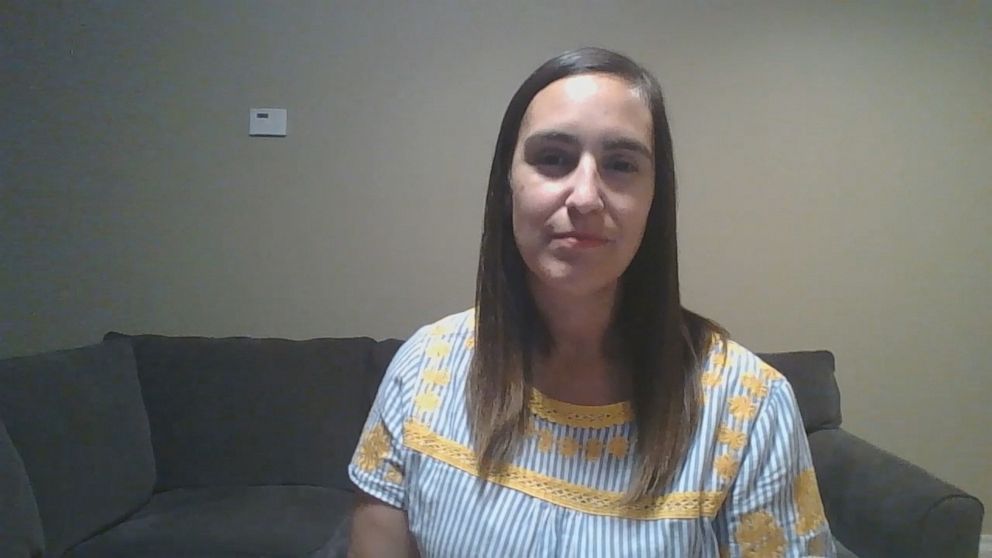
For teacher Beth Grounds in Oklahoma, in addition to holding video lessons, she also uses educational apps in her lesson plans and drops off work packets at her students' homes. However, the teacher of 17 years knows it doesn't compare to being in the classroom.
"I believe that there's a certain magic that happens in the classroom when you have 24 students of differing backgrounds and cultures that get together," she told "Nightline." "They learn so much just from the face-to-face communication. They learn how to share. They learn how to compromise. They laugh. … This was not a situation that any of us wanted, but we did try to make the best of it."
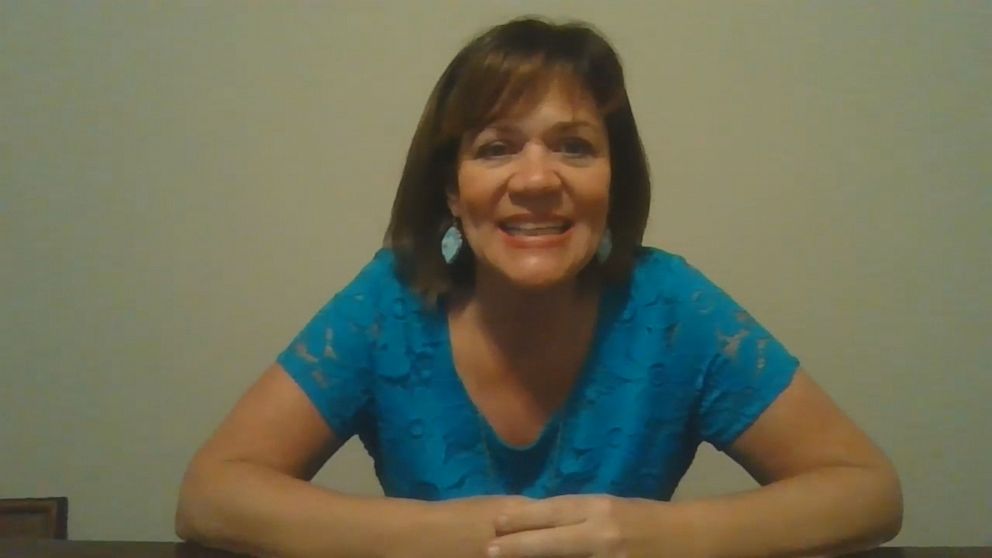
Last Friday, Grounds visited her school to gather all of her students' belongings and pack up her classroom.
"It was here one day and gone the next, and the students didn't really get a chance to say their goodbyes," she said. "It really is sinking in that it is over."
As states begin reopening and the school year ends, educators like co-principal Moody are trying to be realistic about what's to come for the next school year, with both on and offline learning.
"So, I think about how much has changed in just two months and the possibility of how much could change with our knowledge of the virus, our ability to provide remote instruction, providing [personal protective equipment] that could protect staff and students," Moody said.
"So we're concerned about our students. We miss our students," he added. "There's a lot of stress and anxiety out there … and we're looking at the next chapter."
Dynarski, however, warned that the digital divide will have lasting effects if the challenges students have had with remote learning aren't compensated for.
"If we don't do anything differently and try to start the school year curriculum as usual in the fall, we're going to see a huge divide in American schooling," she said. "We know that some part of learning is going to have to stay remote. Social distancing will mean that we can't have every classroom as full of kids, so we need to find a way to make remote learning work."




